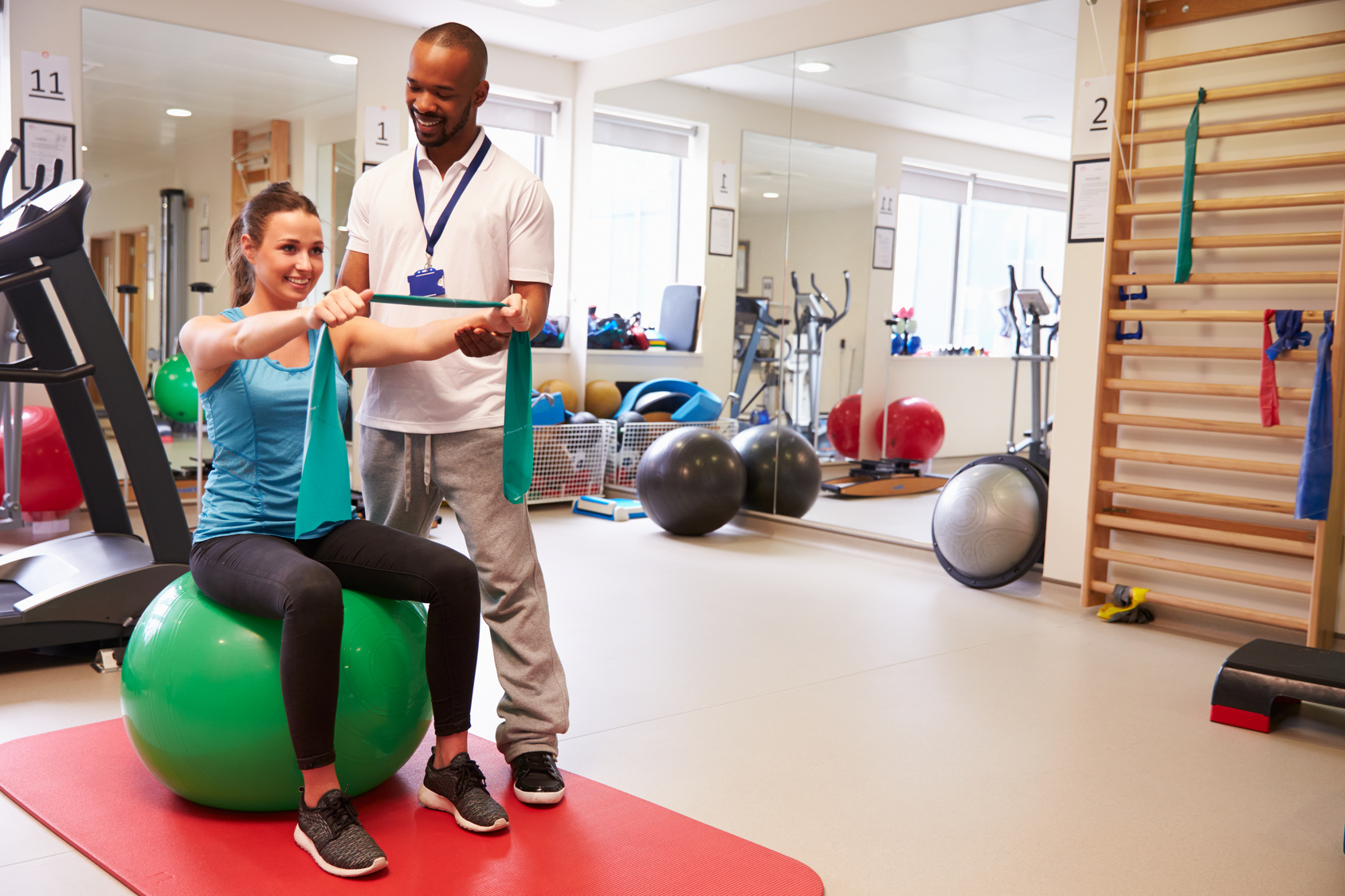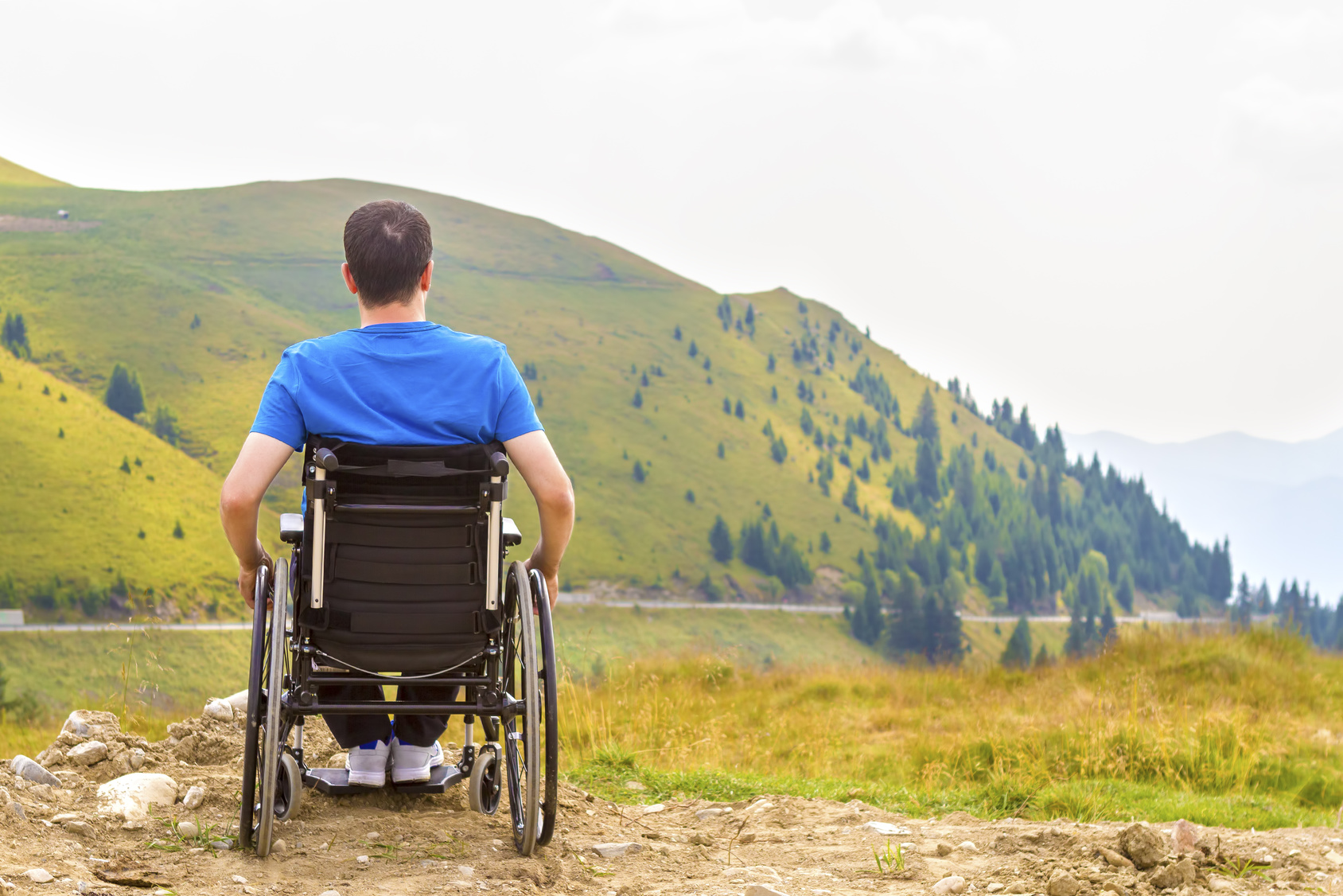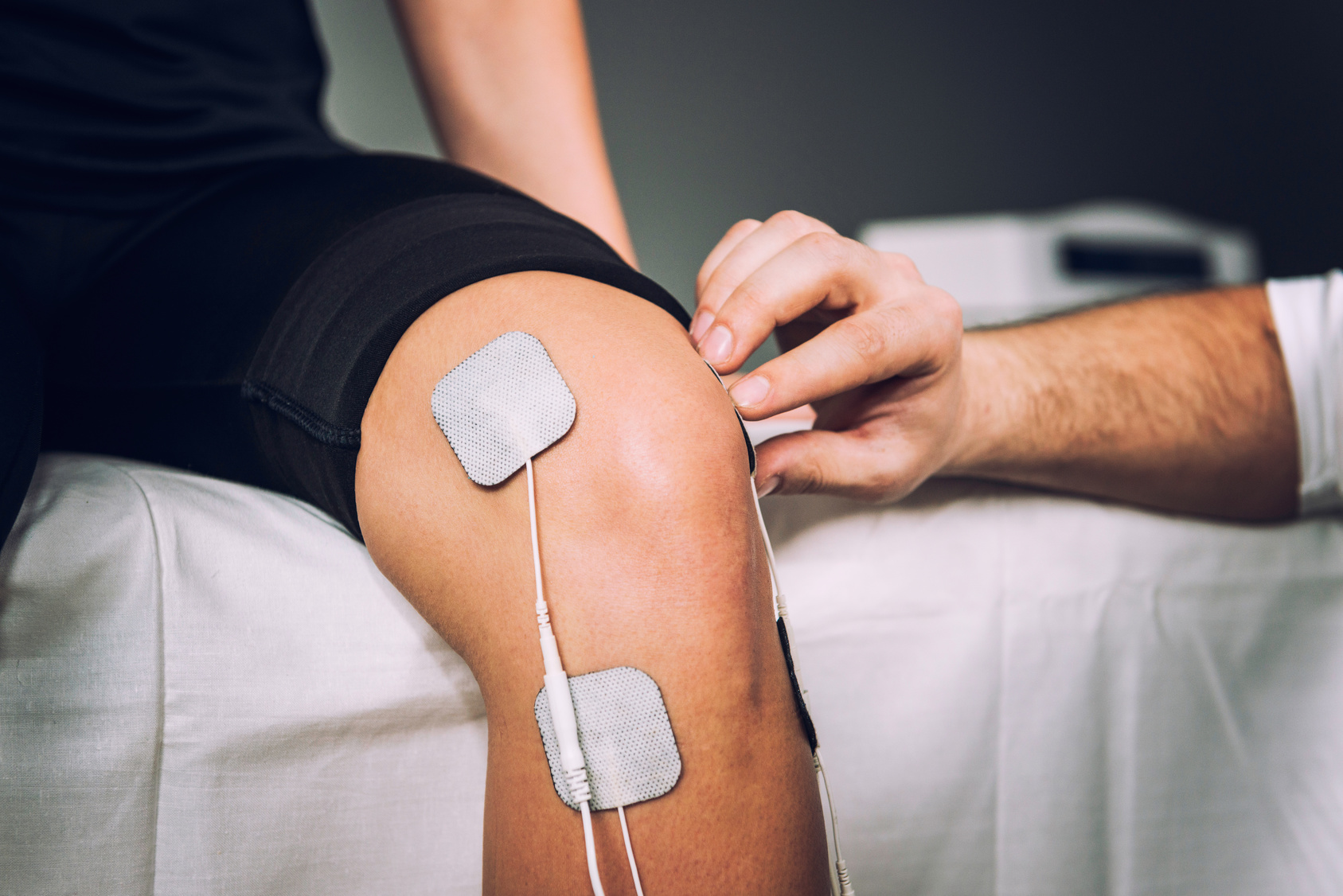An in-depth look at the Neuro-Developmental Treatment/Bobath frame of practice applicable for infants with and/or at risk for cerebral palsy and related neuromotor disorders.
By Gerard J. DeMauro, PT, MSPT, C/NDT
Having trouble viewing the embedded PDF above? Click here to access it directly.
Gerard J. DeMauro, PT, BS/MS, C/NDT has been a physical therapist for nearly 40 years. He began as a physical therapy assistant with children with severe developmental disabilities while completing pre-requisite courses for admission to physical therapy school. He then attended and successfully completed a bachelor’s level physical therapy curriculum. He immediately began his clinical career working with children with cerebral palsy and related developmental challenges. He then successfully completed a work/study advanced master’s degree program with a specialization in developmental disabilities.
In addition to many staff and supervisory clinical positions, Mr. DeMauro has taught at a variety of colleges and universities, both as an adjunct and as a full-time assistant professor. He has published numerous articles and co-authored an article and book chapter. Gerard has been a frequent presenter at conferences and continuing education courses. He is currently maintaining an private clinical practice serving infants and young children with, or at risk for developmental delays and disabilities. Gerard is trained and certified in pediatric NDT, having completed an eight-week course. He has also taken a three-week advanced NDT course specifically on baby treatment. He is a former member of the NDTA Board of Directors and remains an active member of the NDTA.
Mr. DeMauro can be reached via email at gdemauro101@aol.com, if you have any questions or comments.
Disclaimer: The viewpoint expressed in this article is the opinion of the author and is not necessarily the viewpoint of the owners or employees at Healthcare Staffing Innovations, LLC.









